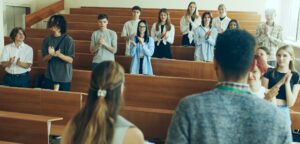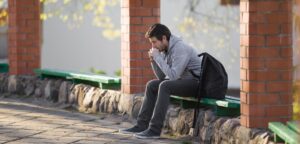
Together We Move: Creating Classroom Community through Movement-Based Experiences
The start of a new semester is an emotional experience. As a former kindergarten teacher, I vividly remember spending much of the first day of school making students feel welcome and comforting them while they cried. Whether you are teaching five-year-olds or 25-year-olds, the need












